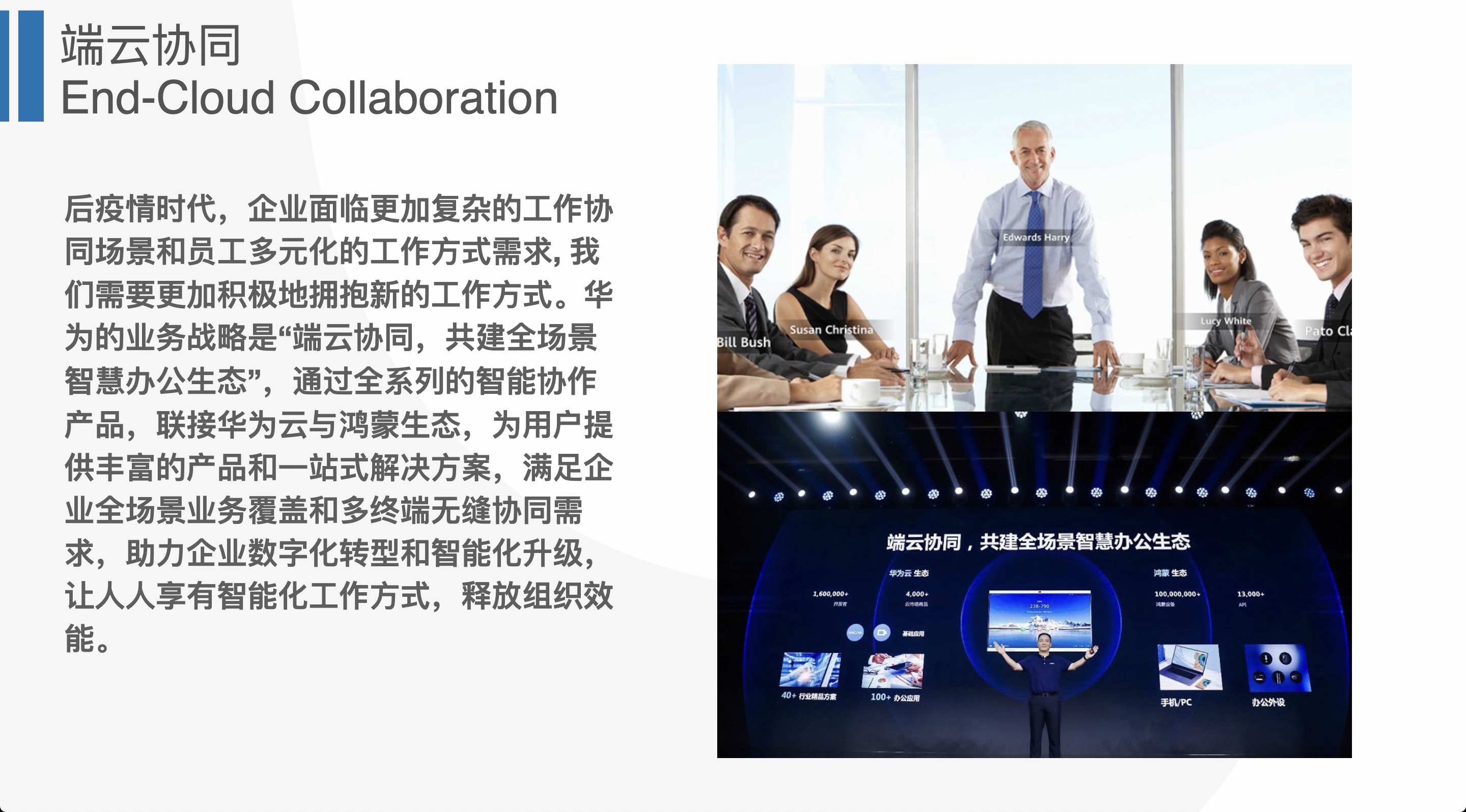In headsets (e.g. VR, AR), gesture interaction is gradually becoming a new type of human-computer interaction. Compared with traditional interaction methods, such as handle, dashboard, mouse, keyboard, etc., gesture interaction has the advantages of low learning cost, natural interaction, and no dependence on additional hardware (handheld hardware). However, gesture manipulation has problems such as large movement and fatigue, and there are many inconveniences in the use of public space, which limits its mainstream control mode. At the same time, the current gesture control interface and interaction still stay in the traditional 2D screen-style interaction, although in VR, AR headset, the entire interactive space is displayed in 3D, the actual main interaction interface is still drawn in the 2D plane by icon, did not give full play to the advantages of gestures in 3D interactive space.
Progress
The first phase of the research is over, and the following parts have been completed so far.
1) Difference between 2D and 3D interaction modes in Hololens/Oculus
2) Conceptualization of cloud collaboration scenarios based on conference scenarios
3) Mode analysis and interaction technology issues based on conference scenario
4) Analysis of the advantages and disadvantages of existing micro gestures
5) Requirements and concepts of micro gesture interaction based on conference scenario


